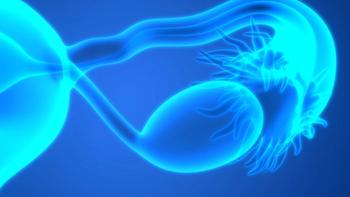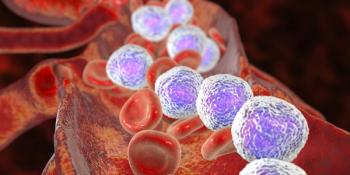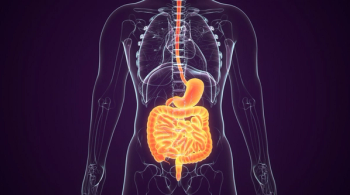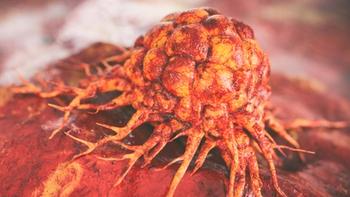
- ONCOLOGY Vol 15 No 3
- Volume 15
- Issue 3
A Pilot Study of Anti-CD20 Monoclonal Antibody Rituximab in Patients With Refractory Immune Thrombocytopenic Purpura
We conducted a phase I/II trial to evaluate the toxicity and response rate of the chimeric anti-CD20 monoclonal antibody rituximab (Rituxan) in patients with a clinical diagnosis of immune thrombocytopenic purpura (ITP) who had failed
We conducted a phase I/II trial to evaluate the toxicity and response rate of the chimeric anti-CD20 monoclonal antibody rituximab (Rituxan) in patients with a clinical diagnosis of immune thrombocytopenic purpura (ITP) who had failed corticosteroid therapy and whose platelet count was < 75,000/µL. Clinical response was assessed 4 weeks following completion of therapy. Complete response (CR) was defined as platelet count > 150,000/µL, and partial response (PR) was defined as > 100,000/µL.
The first two cohorts (n = 3 each) received rituximab at 50 mg/m2 on week 1 followed by 150 mg/m2 on weeks 2-4, and 150 mg/m2 week 1 followed by 375 mg/m2 weeks 2-4, respectively. All subsequent patients received 375 mg/m2 weekly ´ 4. Nineteen patients have been enrolled (9 males, 10 females; mean age 50 years; mean platelet count 25,000/µL). Seven patients had failed splenectomy and all except two had failed more than two prior treatments. Follow-up laboratory studies included complete blood count, platelet-associated IgG (PAIgG), and quantitative immunoglobulins.
Rituximab infusions were associated with the characteristic infusion-related side effects. Sixteen patients have completed treatment and are evaluable for response. No responses were seen at the first dose level. Three of 13 patients (23%) at doses close or equal to full dose achieved an objective clinical response (2 CR, 1 PR). Two of three responders had previously failed splenectomy. Seven patients, including the three responders, had elevated PAIgG pretreatment. However, clinical response was not associated with normalization of PAIgG. One patient with refractory immune hemolytic anemia, who was granted protocol exception, achieved normal hemoglobin following rituximab without normalization in red blood cell IgG or Coombs’ test. In responders, increase in platelet count occurred during rituximab therapy. Peak responses occurred up to 4 weeks following end of treatment.
CONCLUSION: Rituximab at 375 mg/m2 weekly ´ 4 is well tolerated in steroid refractory ITP and results in objective clinical responses. Factors predictive of clinical outcome and the basis of clinical responses remain to be elucidated. The study is ongoing.
Articles in this issue
almost 25 years ago
State of the Art of Non-Small-Cell Lung Cancer in the New Millenniumalmost 25 years ago
Novel Approaches in the Treatment of Non-Small-Cell Lung Canceralmost 25 years ago
Triplet Combination Chemotherapy and Targeted Therapy Regimensalmost 25 years ago
Gemcitabine and Nonplatinum Combinations in Non-Small-Cell Lung Canceralmost 25 years ago
Gemcitabine for the Treatment of Non-Small-Cell Lung Canceralmost 25 years ago
Gemcitabine in Combination With New Platinum Compounds: An Updatealmost 25 years ago
Treatment of Elderly Patients With Non-Small-Cell Lung Canceralmost 25 years ago
Optimizing Chemoradiation in Locally Advanced Non-Small-Cell Lung Canceralmost 25 years ago
Irinotecan in Gastrointestinal MalignanciesNewsletter
Stay up to date on recent advances in the multidisciplinary approach to cancer.

















































































